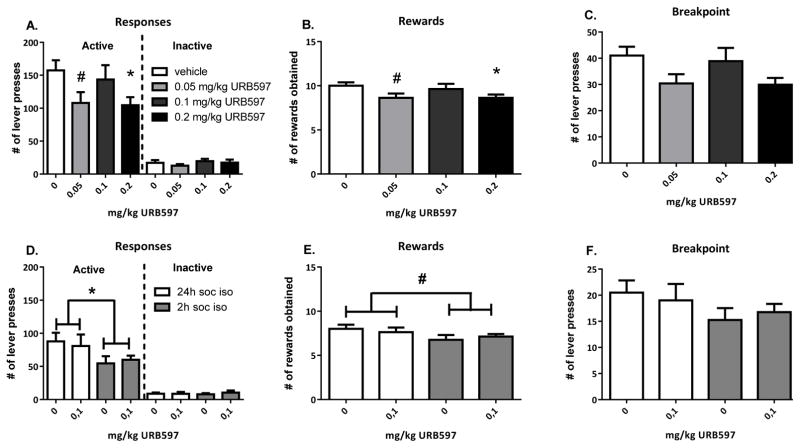Figure 1. Effect of the FAAH inhibitor URB597 on responding for social play behaviour: influence of dose, isolation period and treatment of the stimulus animal.
Experimental rats treated with the FAAH inhibitor URB597 (0.05–0.1–0.2 mg/kg, n=8) and given the opportunity to interact with an untreated stimulus partner upon lever pressing following a 24 h isolation period showed reduced active responses (A) and rewards obtained (B) at the highest dose tested, with no changes in inactive responses (A) and a tendency towards a reduced breakpoint (C). In a separate experiment (n=8), rats treated with URB597 (0.1 mg/kg) were given the opportunity to interact with a URB597-treated stimulus partner upon lever pressing following a 2 h isolation period. No effect of treatment with URB597 was observed, while reducing the isolation time (soc iso) from 24 hours to 2 hours before testing decreased the number of active responses and tended to reduce the rewards obtained, without affecting inactive responses or the breakpoint (D,E,F). Data are represented as mean+SEM. #0.08>p>0.05 (trend), *p<0.05, relative to vehicle (0 mg/kg URB597/24h social isolation) treatment.

